The collateral activity of the CRISPR/RfxCas13D system in mammalian cells is explored using spike-in RNA-seq and reporter assays.
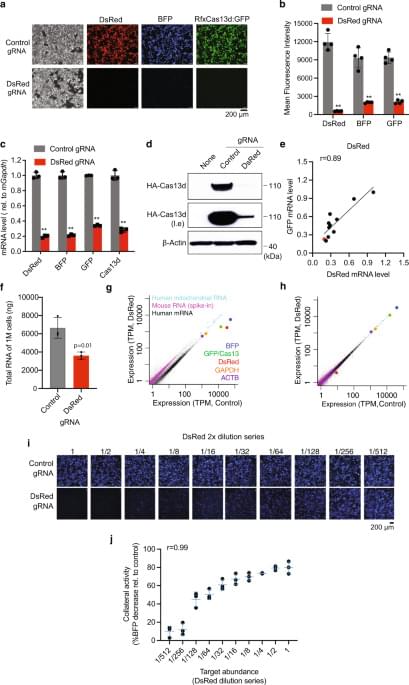

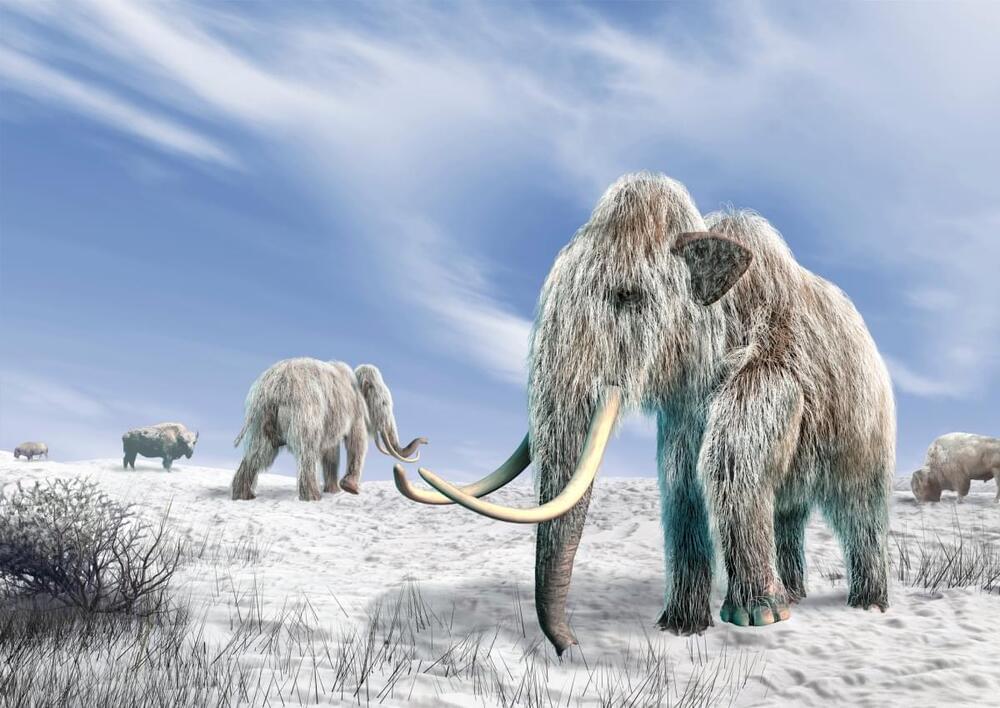
Vow, an Australian cultivated food company that creates meat in a laboratory setting from animal cells, says that it has used advanced molecular engineering to resurrect the woolly mammoth in meatball form, by combining original mammoth DNA with fragments of an African elephant’s DNA.
James Ryall, Vow’s chief science officer, said that the company first identified the mammoth myoglobin, a protein that is key to giving meat its color and taste, and then used publicly available data to identify the DNA sequence in mammoths.
Australian company Vow says it has used advanced molecular engineering to resurrect the woolly mammoth in meatball form.
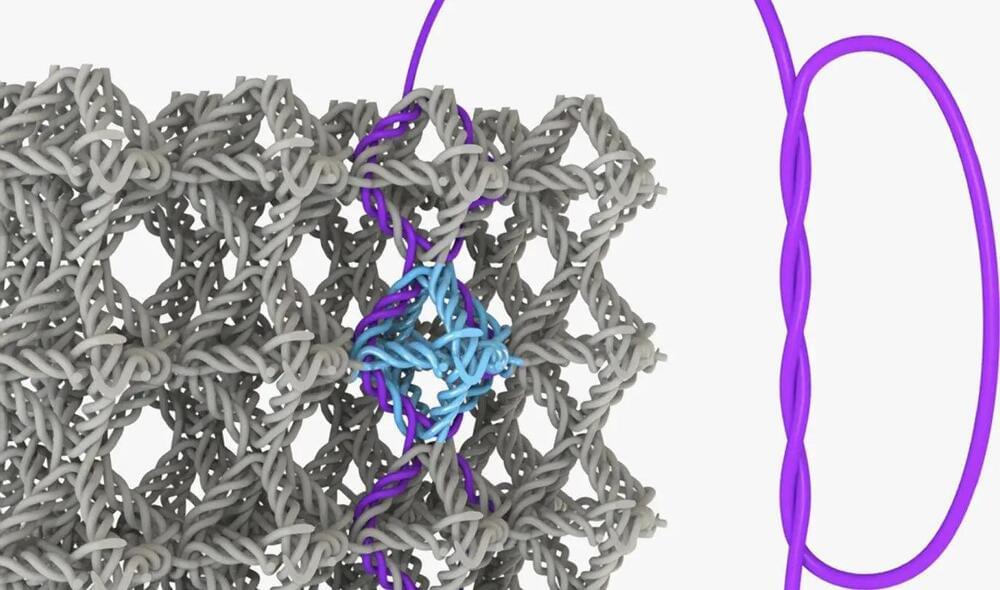
Caltech engineers have made a significant breakthrough in the field of nano-and micro-architected materials by creating a novel material composed of multiple interconnected microscale knots.
Compared to structurally identical but unknotted materials, the presence of knots in this new material significantly enhances its toughness by enabling it to absorb more energy and deform more before returning to its original shape without any damage. These new knotted materials may find applications in biomedicine as well as in aerospace applications due to their durability, possible biocompatibility, and extreme deformability.
“The capability to overcome the general trade-off between material deformability and tensile toughness [the ability to be stretched without breaking] offers new ways to design devices that are extremely flexible, durable, and can operate in extreme conditions,” says former Caltech graduate student Widianto P. Moestopo (MS ‘19, Ph.D. ’22), now at Lawrence Livermore National Laboratory. Moestopo is the lead author of a paper on the nanoscale.
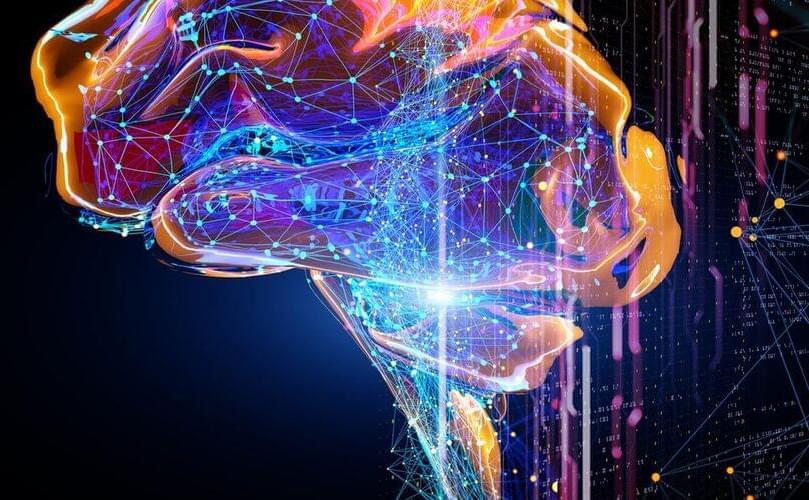
Nita Farahany, professor of law and philosophy at Duke University, has written a new book, The Battle for Your Brain: Defending the Right to Think Freely in the Age of Neurotechnology (Macmillan), which explores how our lives may be impacted by the use of brain-computer interfaces and neural monitoring devices.
Farahany argues that the development and use of neurotech presents a challenge to our current understanding of human rights. Devices designed to measure, record, and influence our mental processes—used by us or on us—may infringe on our rights to mental privacy, freedom of thought, and mental self-determination. She calls this collection of freedoms the right to cognitive liberty. IEEE Spectrum spoke with Farahany recently about the future and present of neurotech and how to weigh its promises—enhanced capabilities, for instance, including bionics and prosthetics and even a third arm —against its potential to interfere with people’s mental sovereignty.
Author, Nita FarahanyMerritt Chesson.
😗
Eukaryotes generate the energy for survival through cellular respiration in mitochondria by a process known as the oxidative phosphorylation. In this process, nutrients and oxygen are converted into a chemical form of energy: ATP. This is achieved with a proton gradient built up by the electron transport chain inside mitochondria.
The gradient is driven by a series of four respiratory complexes in the inner mitochondrial membrane. A new study published in Nature combined tomography and molecular simulations to shed light on bioenergetic macro-assemblies and how they shape mitochondrial membranes. It identified that in Tetrahymena thermophila—a free-living single cell eukaryote found in ponds and lakes—all four respiratory complexes are associated.
They form a massive 5.8 megadalton supercomplex of 150 proteins with at least 300 transmembrane helices and 311 lipids. Owing to subunit acquisition and extension, Complex I binds a dimer of Complex III that is tilted by 37 degrees. Complex I also associates with the Complex IV dimer, generating a gap that serves as a binding site for Complex II.
Follow our step-by-step video guide for growing cerebral organoids, or brain organoids, from human pluripotent stem cells (hPSCs). We’ll walk you through embryoid body formation, induction, expansion, and organoid maturation.
0:35 — Embryoid Body Formation.
2:57 — Induction.
4:07 — Expansion.
6:42 — Organoid Maturation.
View a printable protocol on how to grow cerebral organoids: https://bit.ly/38hvMDA
Explore resources for neural organoid research: https://bit.ly/34ZGWun.
#CerebralOrganoids #BrainOrganoids #3Dculture.
For a full list of products, as well as educational resources, visit our website: https://www.stemcell.com.
Ambassador Dr. John-Arne Røttingen, MD, Ph.D. (https://www.bsg.ox.ac.uk/people/john-arne-rottingen) is Ambassador for Global Health, at the Ministry of Foreign Affairs, Norway, and a Visiting Fellow of Practice, at the Blavatnik School of Government, Oxford University.
Ambassador Dr. Røttingen has previously served as the Chief Executive of the Research Council of Norway; the founding Chief Executive Officer of the Coalition for Epidemic Preparedness Innovations (CEPI); Executive Director of Infection Control and Environmental Health at the Norwegian Institute of Public Health; founding Chief Executive of the Norwegian Knowledge Centre for the Health Services; Professor of Health Policy at the Department of Health Management and Health Economics, Institute of Health and Society, University of Oslo; and Adjunct Professor at the Department of Global Health and Population, Harvard T.H. Chan School of Public Health.
From 2020, Ambassador Dr. Røttingen also chaired the Executive Group and the International Steering Committee of the WHO Solidarity trial to compare four untested treatments for hospitalized people with severe COVID-19 illness. In early 2021, he was appointed by the G20 to the High Level Independent Panel (HLIP) on financing the global commons for pandemic preparedness and response. That same year, he was also appointed to the Pandemic Preparedness Partnership (PPP), an expert group chaired to advise the G7 presidency. From mid-2021, he was part of the Access to COVID-19 Tools Accelerator’s Vaccine Manufacturing Working Group.
Ambassador Dr. Røttingen received his MD and Ph.D. from the University of Oslo, an MSc from Oxford University and an MPA from Harvard University.
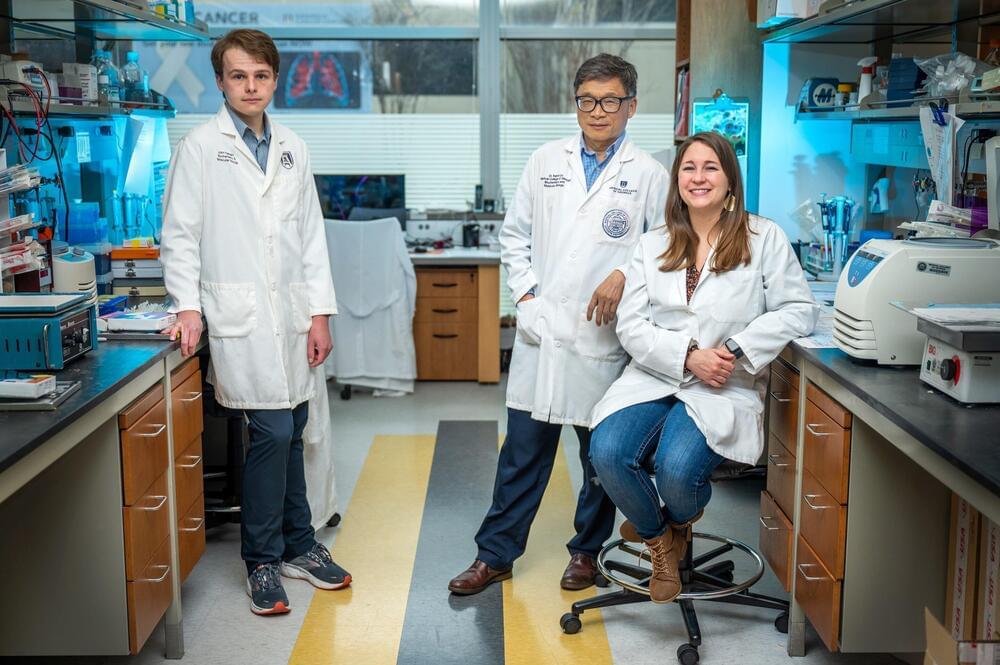
Cancer that has spread to areas like the lungs can apply the brakes to a natural pathway that should recruit killer T cells directly to where it has metastasized, scientists report.
That newly found strategy used by tumors that have spread—and are consequently more deadly—may help explain why sometimes promising immunotherapies designed to help the immune system kill cancer don’t, says Kebin Liu, Ph.D., cancer immunologist in the Department of Biochemistry and Molecular Biology at the Medical College of Georgia.
It also may mean an additional therapeutic maneuver is needed to stop some tumors, which often are diagnosed after they have spread, says Liu, corresponding author of the study in the journal Cancer Cell.
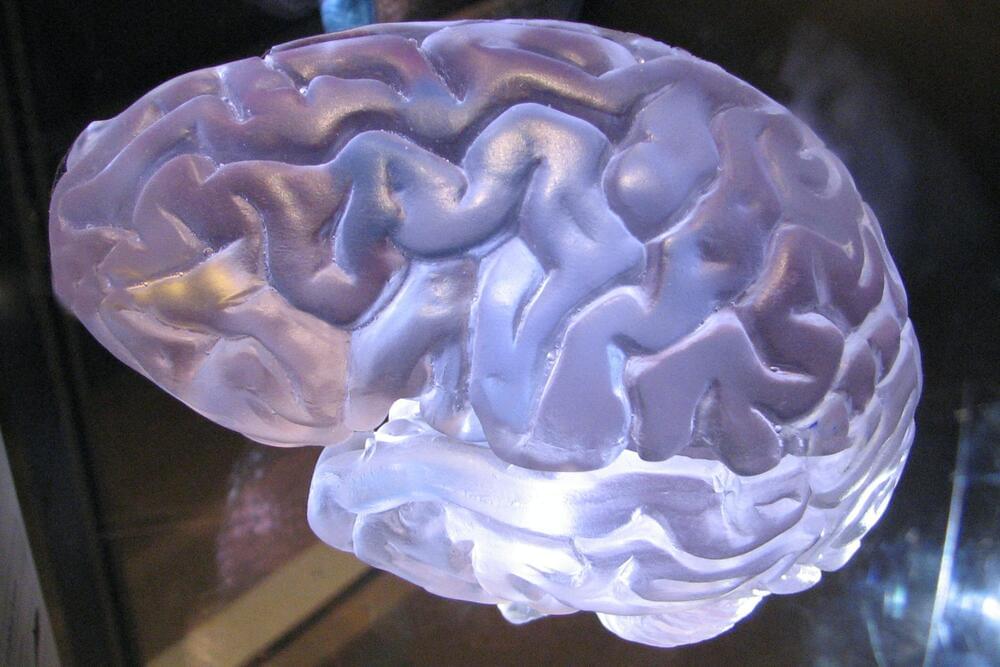
In the current edition of The Lancet Neurology, researchers of the Human Brain Project (HBP) present the novel clinical uses of advanced brain modeling methods. Computational brain modeling techniques that integrate the measured data of a patient have been developed by researchers at AMU Marseille as part of the HBP. The models can be used as predictive tools to virtually test clinical hypotheses and strategies.
To create personalized brain models, the researchers use a simulation technology called The Virtual Brain (TVB), which HBP scientist Viktor Jirsa has developed together with collaborators. For each patient, the computational models are created from data of the individually measured anatomy, structural connectivity and brain dynamics.
The approach has been first applied in epilepsy, and a major clinical trial is currently ongoing. The TVB technology enables clinicians to simulate the spread of abnormal activity during epileptic seizures in a patient’s brain, helping them to better identify the target areas. In January, the team had presented the detailed methodology of the epilepsy work on the cover of Science Translational Medicine.

In the intensive care unit (ICU), critically ill patients are cared for by a multidisciplinary care team. Compassionate and caring behaviors on the part of the care team result in better outcomes for patients and their families, and care providers entering the demanding field of medicine because they wish to help people and relieve suffering. However, studies have demonstrated deficiencies in delivering compassionate health care. Evidence suggests that physicians may miss up to 90% of opportunities to respond to patients with compassion.
To determine what factors drive and enhance compassionate care behaviors in the ICU setting and which factors drain and negate caring attitudes and behaviors, Shahla Siddiqui, MD, MSc, FCCM, and a colleague conducted an observational, qualitative study of an international panel of intensive and critical care providers. The researcher-clinicians report in PLOS ONE that while ICU physicians and nurses feel a deep moral imperative to deliver the highest level of compassionate care, pressures of capacity strain, lack of staff, lack of compassionate skills training and a heavy emphasis on electronic health record maintenance present significant hurdles to achieving that goal.
“Studies done on physician compassion from a patient perspective emphasize listening and awareness of the patient’s emotional state, which not only builds trust within the patient-physician relationship but also enhances resilience amongst the care team and prevents burnout,” said Siddiqui, an anesthesiologist at BIDMC. “Our aim was to describe compassionate behaviors in the ICU, study the factors that enhance and those that drain such behaviors with an aim to enable recommendations for practice and training.”